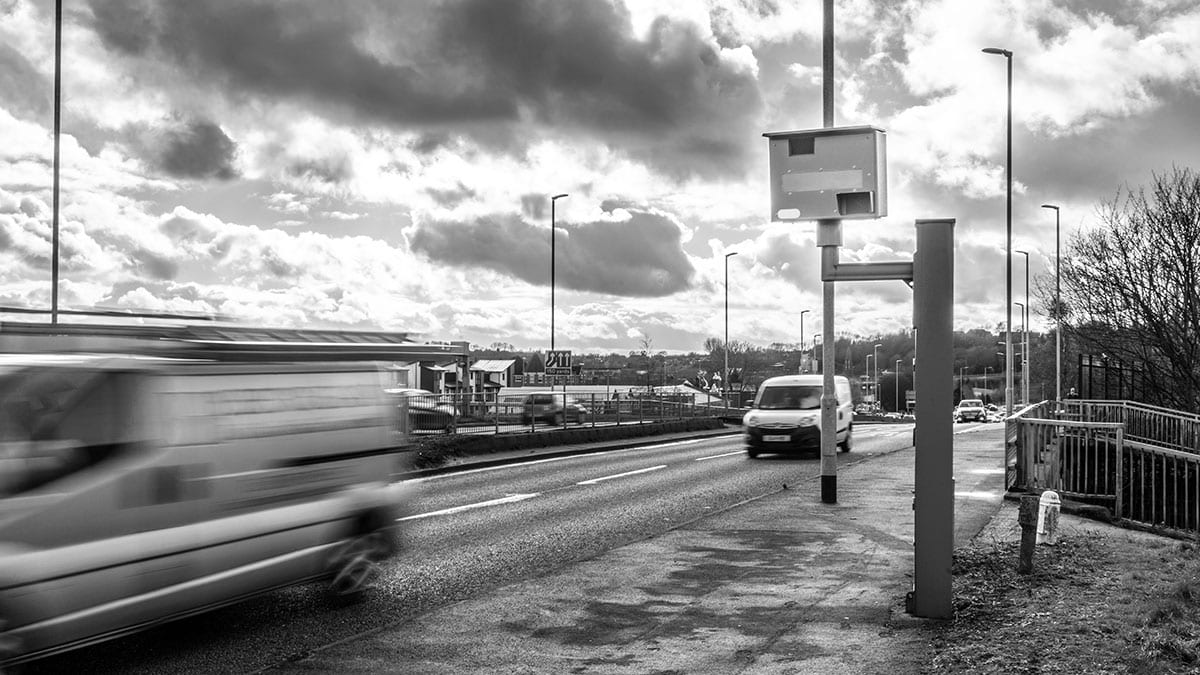There were 4,652 accidents due to speeding in Great Britain in 2018 alone. It is often tempting to go above the speed limit, however all drivers must resist that urge to avoid penalties, or causing harm to other road users.
Many people believe that they are safe from being penalised if they only drive slightly above the speed limit. 10% is the often quoted figure for how far in excess of the speed limit you are allowed to drive.
This is not the case. Driving at speeds as little as 1mph above the designated speed limit could incur penalty.
It is also important to be aware that when entering a new speed limit zone, you must be driving at the new speed upon entering that zone, not starting to slow to the new speed.
Finally, a lack of road signs does not mean there is no speed limit. Be aware of and abide by road traffic laws on speeding to avoid penalty.
Speed limits in the UK
In general, you will know the speed limit in the area you are driving because there will be ample signage. If there isn’t clear signage, you may be able to avoid prosecution for speeding.
However, even if there is not signage, there are still speed limits that are applicable.
For example, if you are driving in an area with street lighting, it is likely that the legally enforceable speed limit is 30mph, even if there is no signage that confirms this.
Generally, the following speed limits are likely to apply for car drivers in most cases:
Built up areas – 30mph. Be careful, in many urban areas, 20mph limits are now enforced.
Singly carriageways – 60mph
Dual Carriageways – 70mph
Motorways – 70mph
You must also be aware that speed limits are different for different types of vehicle. For example if you are towing a caravan or trailer, or driving a bus, motor home or HGV, the speed limits that apply on single carriageways, dual carriageways or motorways are, in most cases, 10mph or more lower than for cars.
Types of speed limit
Fixed speed limit – This is the most common type of speed limit, usually denoted with a number inside a red circle.
National speed limit – When an area does not have a fixed speed limit, the national speed limit may apply. For cars, this is 60mph on a single carriageway and 70mph on a Dual Carriageway.
Variable speed limit – You may encounter these speed limits on motorways often displayed on digital screens. Road conditions, such as traffic, accidents or road works, are monitored, and speed limits are adjusted accordingly.



